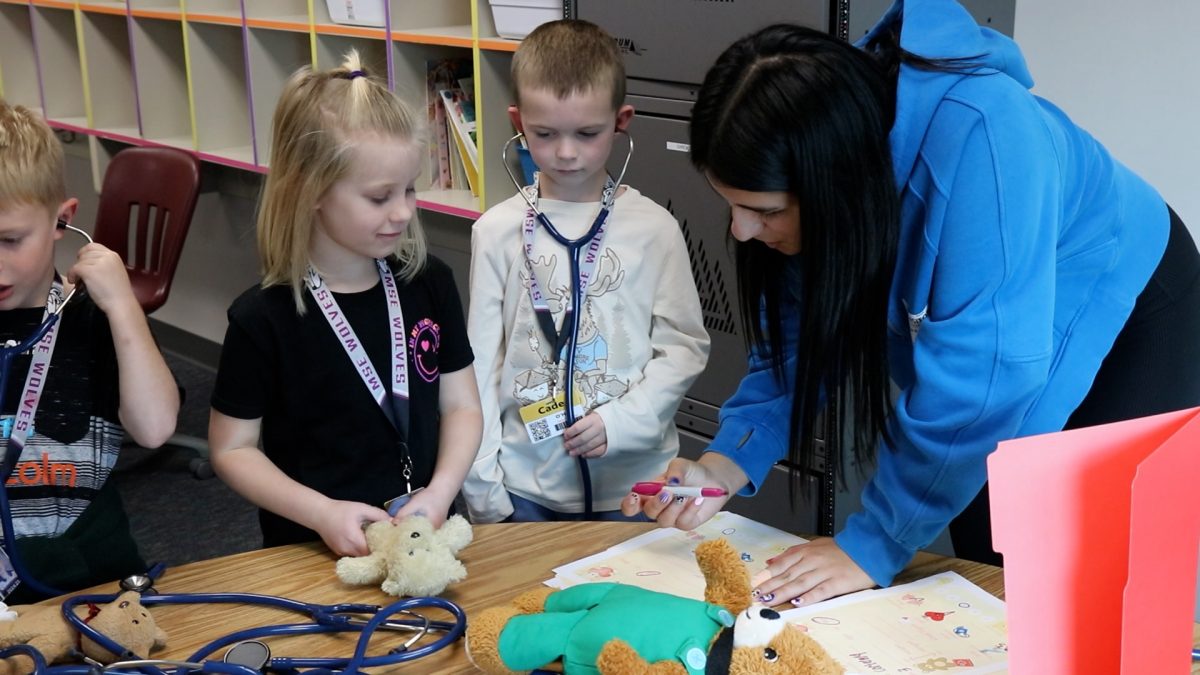Blood supplies reach low levels in Kansas
Throughout all of North America there is a dangerously low supply of blood in hospitals.
April 10, 2019
 Throughout all of North America, there is a dangerously low supply of blood in hospitals.
Throughout all of North America, there is a dangerously low supply of blood in hospitals.
“The best way to help end this problem is to donate blood,” doctor Michael Dern said. “Donating blood provides patients with the resources and treatments they need.”
Our blood holds four major components to keep us alive: plasma, red cells, white cells and platelets. Trauma patients who suffer from fatal injuries such as gunshot wounds or any other punctures and fatal injuries use whole blood. Whole blood supplies the victims with components directly from the body, and the given red cells spread oxygen throughout the body. Between every whole blood donation, you must wait 56 days.
Blood supply has also helped Hemophilia treatments. Hemophiliacs are people who bleed excessively because the ability to clot blood is reduced severely. Platelets are a component in the blood that helps the blood clot to prevent excessive bleeding from injuries. Platelets can be donated up to 24 times a year but must have a 7-day break before you can donate again.
Donating blood is a process that takes approximately an hour of one´s day. Those donating will be asked to show identification and to read about donating blood. You will be asked multiple questions about health history, medications, etc. The donation only takes around 10 minutes, and the arm that is being used will be cleansed and have a needle inserted to extract blood. After a pint of blood has been given, the donation is complete.
‘One donation can potentially help save up to 3 lives,¨ The American Red Cross said. Their website provides information about the blood donation process, requirements and other facts and statistics about blood. The website will even show dates and addresses where blood donations are being held closest and a the option to set up a donation time.
KAY club holds two blood drives each year, one in the fall semester and one in the spring. Donating at these drives can greatly help reduce the blood shortages currently seen in Kansas and beyond.





